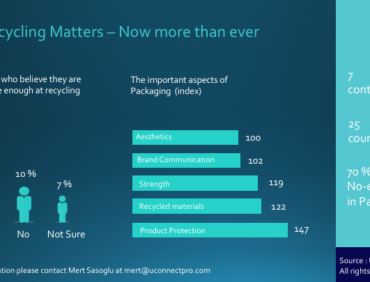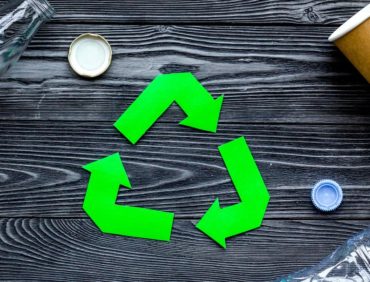On the other hand, there is a lot of room for expensive errors and high tooling costs when it comes to injection molding. It is a combination of both art and science, from designing up until mass production. The realization of manufacturing a plastic part starts with the technical design and virtual modelling, commonly followed by a representative 3D printed prototype. After several rounds of optimization processes, mold tool is designed in order to produce replicas of the part. Injection mold is then ready for use after defining process parameters if all the technical tests pass and results are successfully confirmed, otherwise relevant processes are repeated until successful validation. It is very important to be aware that whole process is very complex and long which requires deep technical expertise and very good project management coordination between all stakeholders.
Regarding the molding defects that usually occur during the process, a successful assessment of the failure and potential predictive solutions can help companies to save time and avoid significant money losses. I always believe, ‘Defining the molding defect is half the battle’ and this is why I decided to focus on the most common injection molding defects, possible causes and the widely used corrective actions in this article.
The problems in injection molded products can vary from minor surface defects to more serious safety, performance or functional problems. Let’s have a deeper insight on the plastic injection molding defects:
The plastic injection molding defects are generally originated from (1) problems in molding process, (2) material use and storage conditions, (3) poor mold design & tooling or a combination of all three.
Here in below table, the most common plastic injection molding defects are listed for your review and reference:




